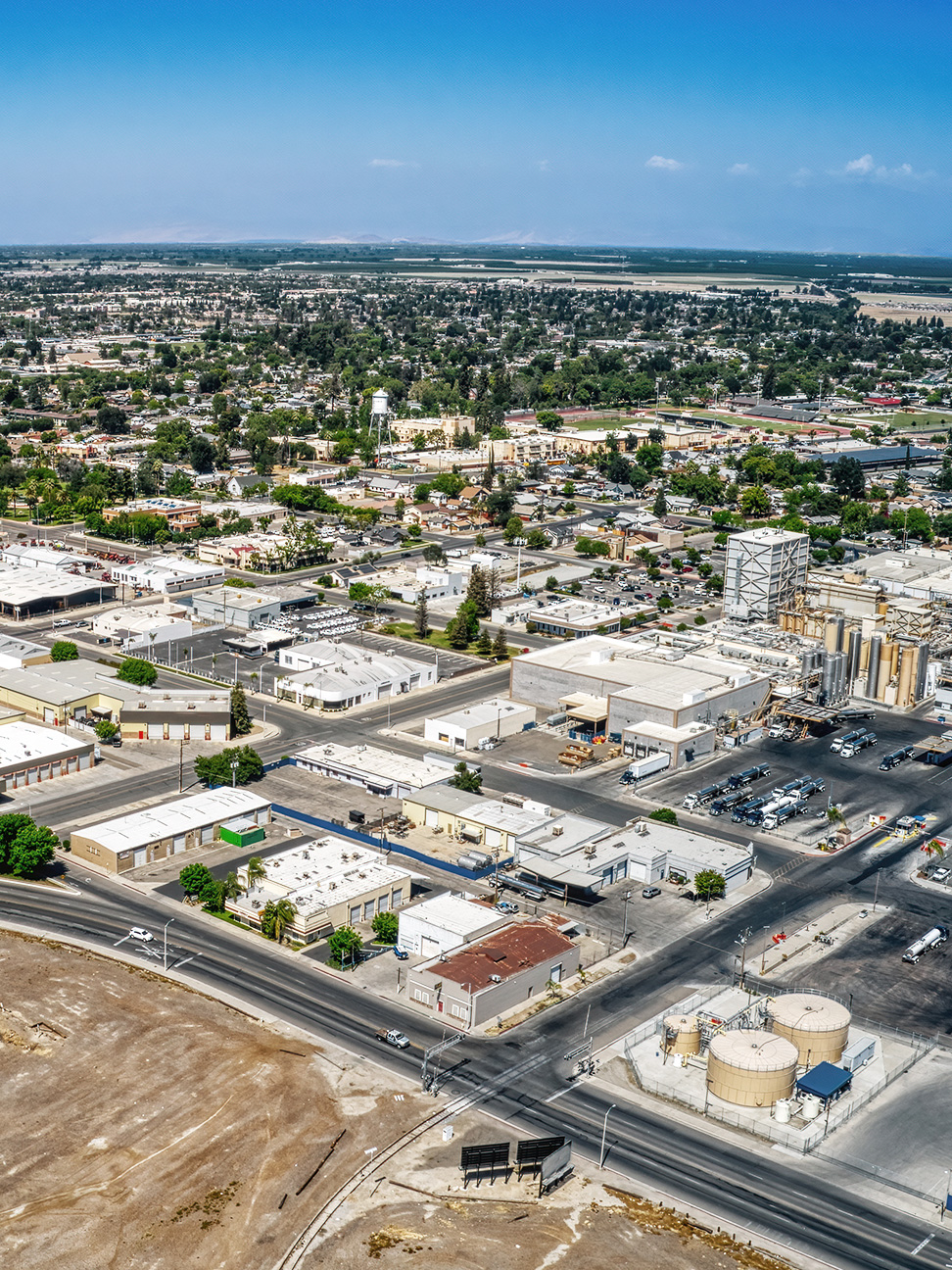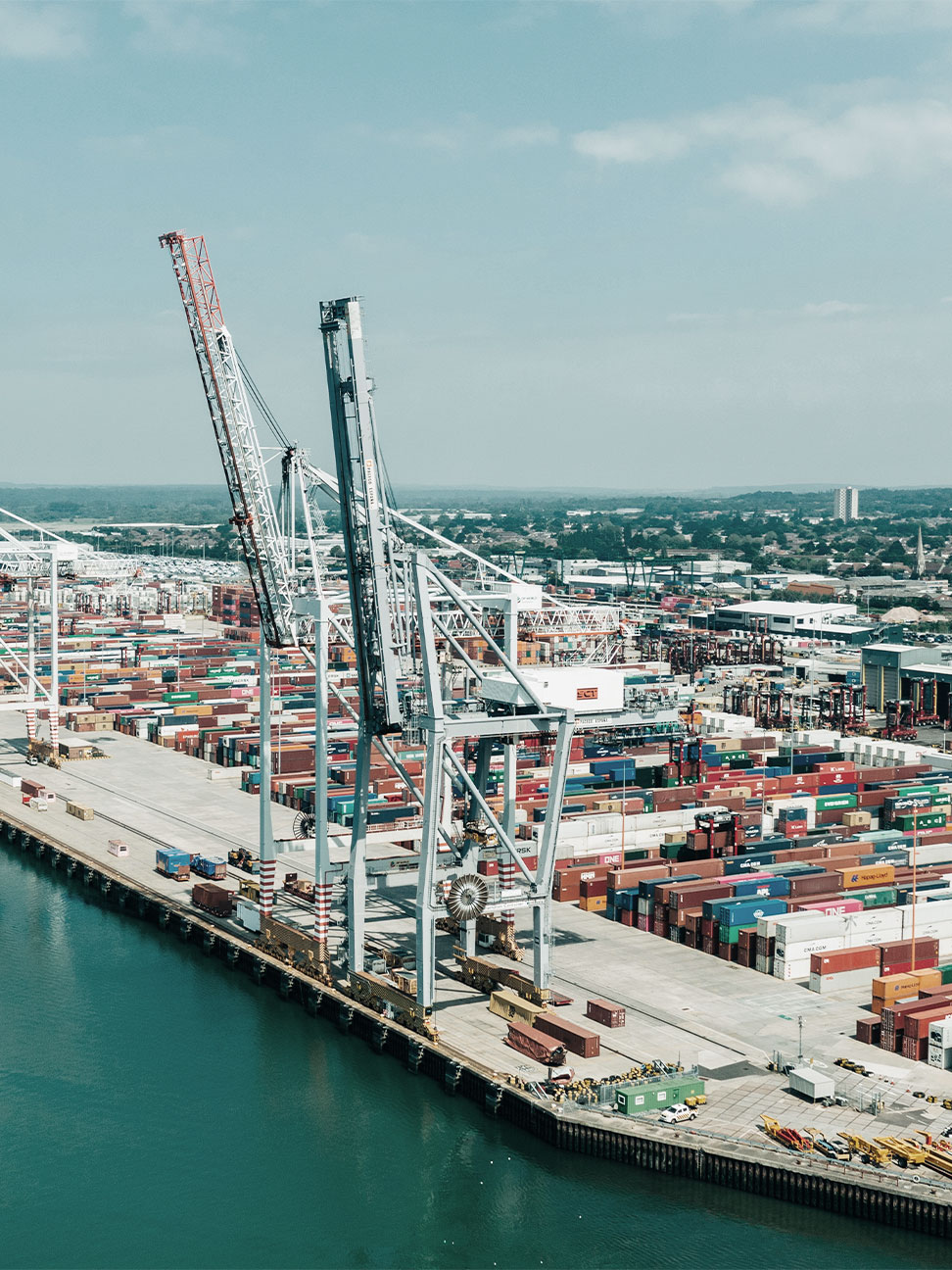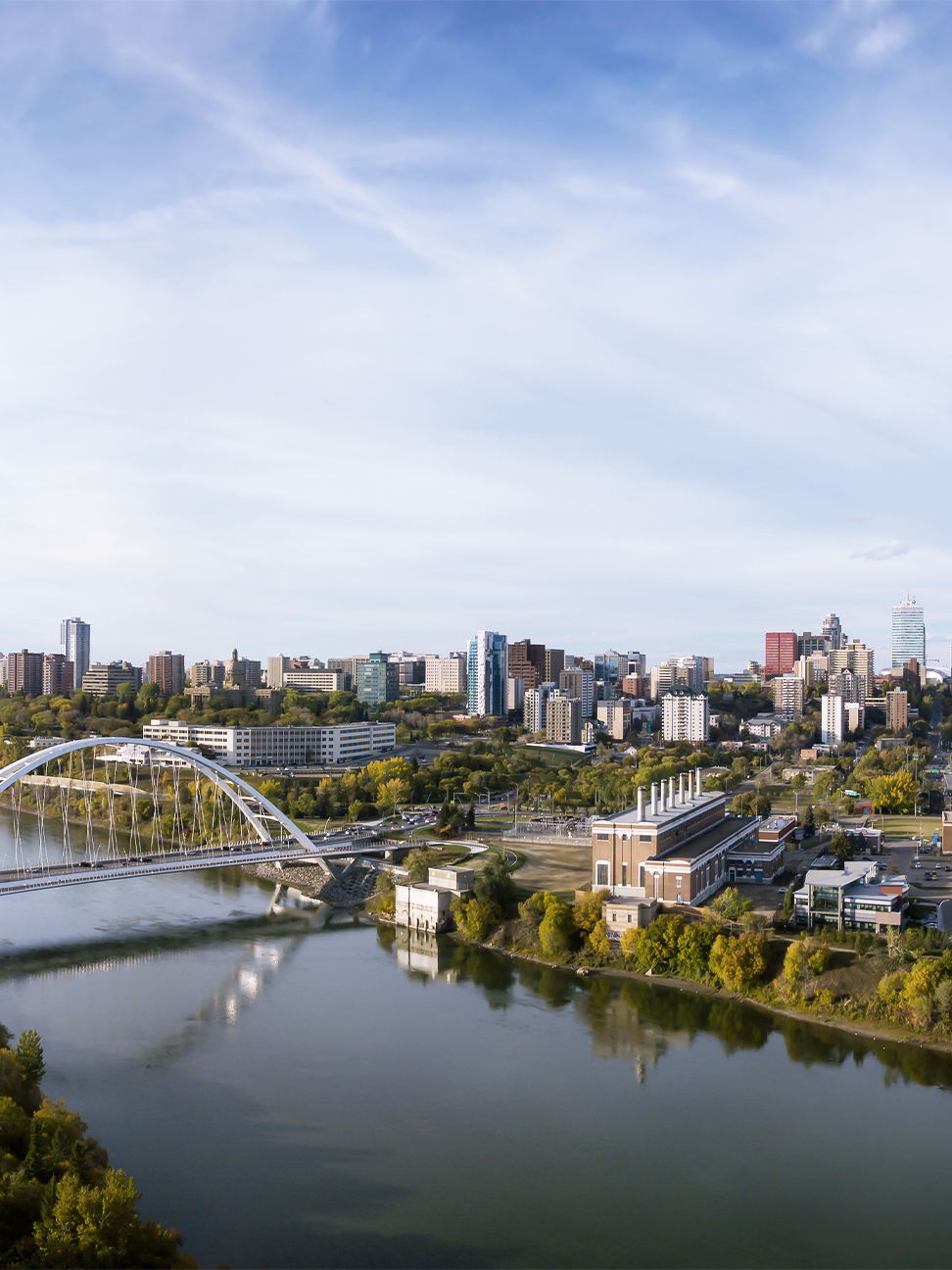Future Cities
Emerging Industrial Markets: South Central Valley, California
January 25, 2023

Advantageously located at the geographic center of California, South Central Valley offers occupiers unparalleled access to the West Coast’s large population and consumer base. The region has emerged as one of California’s fastest growth industrial corridors and is a viable alternative to more expensive Northern and Southern California markets for housing, jobs and industry.
Demographics
More than 1.4 million people live within 50 miles of the South Central Valley region, with a projected growth rate of 0.2% over the next five years. The important 18-to-34 age group accounts for 26.6% of the total population. Within 100 miles, occupiers can reach 5.3 million consumers.Figure 1: South Central Valley, CA Population Analysis
Source: CBRE Location Intelligence.
Figure 2: South Central Valley, CA Warehouse & Storage Labor Fundamentals
Source: CBRE Labor Analytics.
Location Incentives
Over the past five years, there have been 24 economic incentive deals totaling nearly $30 million for an average of $9,084 per new job in South Central Valley, according to WAVTEQ.
CBRE’s Location Incentives Group reports that top incentive programs offered in South Central Valley include the California Competes Tax Credit, which has $180 million in non-refundable tax credits available for businesses that make capital investments and create new jobs in the region.
Figure 3: Top Incentive Programs
Source: CBRE Location Incentives Group.
Note: The extent of state and local incentive offerings depends on location and scope of the operation.
Logistics Drivers
South Central Valley comprises the counties of Merced, Madera, Fresno, Kings, Tulare and Kern and is part of the Greater Central Valley industrial market, which grew by 9.1%1 last year. Main rail providers include Burlington Northern Santa Fe, Union Pacific and the San Joaquin Valley Railroad, with an estimated 60 freight trains per day traveling through the region.
By sea, South Central Valley is most easily accessed by the deep-water ports of Oakland, Los Angeles, Long Beach and Stockton. By air, the region is most directly served by Fresno Yosemite International Airport cargo operations, which had a 22.2% increase in landed air cargo to 89,480 tons in 2021, according to the Federal Aviation Administration. By road, South Central Valley’s main transportation routes include Interstate 5, which runs for 800 miles from the Canadian to Mexican borders, and by Highway 99 (also known as the Golden State Highway), running for 425 miles from north to south and spanning the entire Central Valley from Red Bluff to Bakersfield. East-West routes include highways 152 and 58, providing access to anywhere in the western U.S. within an 18-hour drive.
1 Net absorption divided by total existing inventory square footage.
Supply & Demand
South Central Valley’s total industrial inventory has increased by 14.6% over the past five years to 102 million sq. ft. and boasts a vacancy rate of just 2.9%. More than 33 million sq. ft. of this is in buildings of 500,000 sq. ft. or more, with a miniscule vacancy rate of just 0.6%. Nearly 4 million sq. ft. of new space was delivered in 2022, more than one-quarter of it in the city of Shafter. Average monthly asking rent closed 2022 at $0.70 NNN per sq. ft., up by 27% from the previous year and by 100% since 2017.
The region’s proximity to densely populated metro areas, extensive transportation network and strong industrial occupier demand have it well positioned for growth. It is an attractive alternative to the Bay Area and Southern California because of its central location, land availability and sizable labor pool. Demand from industrial occupiers for more central locations in California is expected to continue. While high inflation, rising interest rates, less availability of construction debt and increasing environmental challenges may temporarily curb new development activity, the South Central Valley industrial market is expected to remain stable in 2023.
Figure 4: South Central Valley, CA, Historical Data
Source: CBRE Research, Q4 2022.
*50,000 sq. ft. and above. **Based upon space in vacant, available buildings.
Figure 5: South Central Valley, CA, Size Range Comparison
Source: CBRE Research, Q4 2022.
Emerging Industrial Markets
Spotlighting markets across North America that offer demographic, logistics and incentives advantages for industrial investors and occupiers
Contacts
James Breeze
Vice President, Global Industrial and Retail Research

John Morris
President, Americas Industrial & Logistics, Advisory Services

Related Insights
Related Services
- Property Type
Industrial & Logistics
We represent the largest industrial real estate platform in the world, offering an integrated suite of services for occupiers and investors.
- Property Type
Industrial & Logistics Investor Services
Purchase, lease, and manage and sell your assets with proven real estate strategies for industrial investors, property owners, developers and landlords.
- Property Type
Industrial & Logistics Occupier Services
We help businesses drive sustainable value through the entire real estate lifecycle to meet clients’ objectives, mitigate risk and optimize performance.



